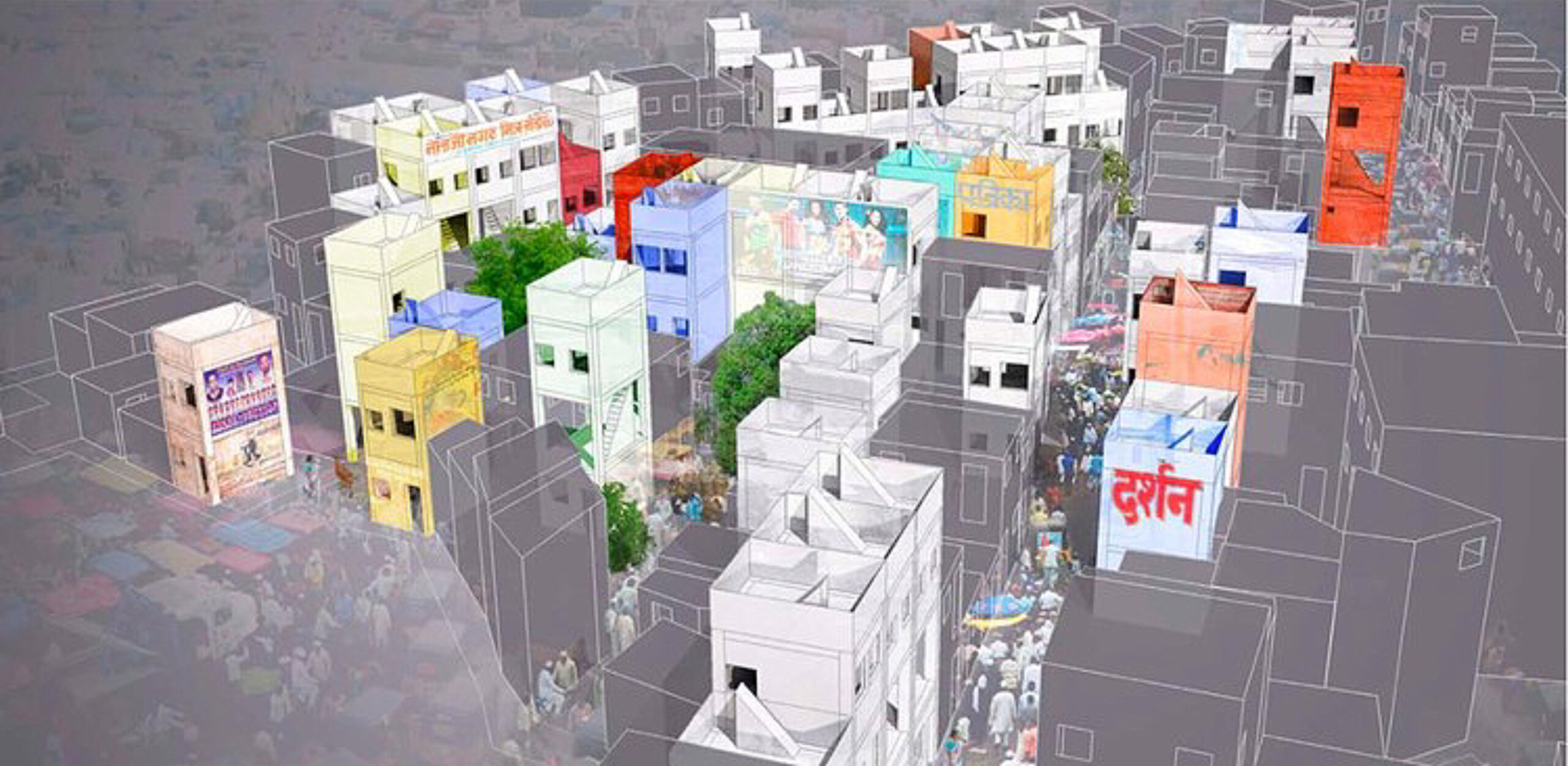Human Pump
| Project Status | Concept design |
| Location | Timbuktu, Mali, Africa |
| Date | 2008 |
| End User | Dwellers and travelers in the Sahara Desert |
| Design Team | Yun Hee Lee, Gunwook Nam |
| Cost | $50 000 USD |
| Area | 900 sq m/10 000 sq ft |
While the sun, water, wind and hot core of the earth continue to yield exciting opportunities for generating clean and renewable energy, some pioneering designers have looked to harness human exertion rather than elemental forces. Two award-winning concepts that focus on capturing and converting pedestrian locomotion into energy are Gunwook Nam and Yun Hee Lee’s Human Pump, and Thaddeus Juscyzk and James D. Graham’s Crowd Farm. Both projects show that independent individual activity can have beneficial consequences for entire communities with the right technology in place.
South Korean architects Nam and Lee conceived the Human Pump as a solution for delivering fresh underground water to people living in countries suffering from desertification, water shortages, or natural disasters. A 12-meter (40-ft) loosely covered steel and wooden boardwalk with spring-loaded floors would be installed along a route with high foot traffic. Energy shocks from pedestrians and children at play would be absorbed and stored until there was enough kinetic energy to pump fresh water from the deck floor to the rooftop, creating a waterfall for consumption and recreation. The Human Pump won first prize at the 2008 Urban Re:Vision competition, in San Francisco.

Rendering of underground water pumped through boardwalk with power from human foot traffic. Photo: Gunwook Nam and Yun Hee Lee
Crowd Farm
| Project Status | Concept design |
| Location | Torino, Italy |
| Date | 2006-7 |
| Competition | Holcim Foundation’s Sustainable Construction competition |
| End User | Commuters and pedestrians |
| Design Team | James D. Graham, Thaddeus Jusczyk |
And in 2007, while architecture graduate students at the Massachusetts Institute of Technology, Juscyzk and Graham were awarded top prize at the Holcim Foundation for Sustainable Construction’s conference in Shanghai, China for their Crowd Farm presentation. Crowd Farm was imagined as a way to channel the energy from cheering stadium fans or busy commuters in urban populations.
Graham and Juscyzk say that a single footfall produces enough energy to light two 60-watt bulbs for one second.

A rendering of the Crowd Farm’s sub-floor blocks converting foot traffic into electric current. Photo: James D. Graham and Thaddeus P. Jusczyk.
















READ OR LEAVE A COMMENT